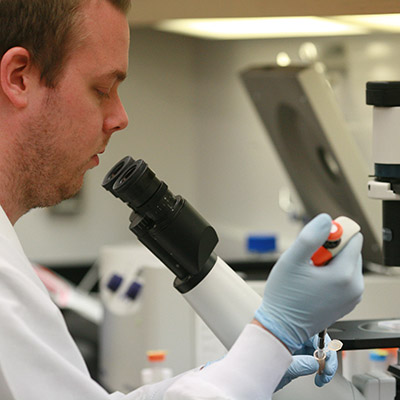About Aburaihan
History
Aburaihan Pharmaceutical company was founded in 1965 under the ownership of the German Schering company (a subsidiary of BAYER from 2006) named “Berlimed of Iran”.
In 1981, the company was renamed as” Aburaihan Pharmaceutical Company” (Private joint stock), and finally turned into public joint stock company in 1991.
Aburaihan has been among top ten Iran pharmaceutical manufacturers in the last decades and the most important one in Hormonal medicines. Aburaihan has also been one of the greatest manufacturers of Veterinary medicines since 1991.
The company manufactures all its products according to international standards
Mission
Aburaihan Pharmaceutical Company with more than half of century experience in health and hygiene area as one of significant TPICO subset company in representing human and veterinary pharmaceutical products; as well as, core activities in commerce, marketing, research and development and manufacturing, performing to gain stakeholders satisfaction and making healthy and alive society based on modern knowledge and technologies with human resource and national and international standards.
Vision:
Progressive in quality, variety of drug baskets, and export and transnational market development




Core Value
Core Value

International Markets
Aburaihan Pharmaceutical Company has tried to increase the exports to different countries with an export-oriented approach and has been planning to obtain international markets and achieve a great success in this field and eventually has been able to prove the acceptable quality of its products to the market.
Management Structure
In Aburaihan Pharmaceutical Company, there is a combination of pharmaceutical knowledge, industry experience, and commitment to professional ethics in the managers of the organization to achieve the goals of the company.


Certification
Aburaihan Pharmaceutical Company produces pharmaceutical products with high efficiency by preparing pharmaceutical raw materials from the most reputable manufacturers and in strict compliance with GXP rules and PICS and WHO rules and standards, as well as according to the latest USP, BP, and EP international standards.
